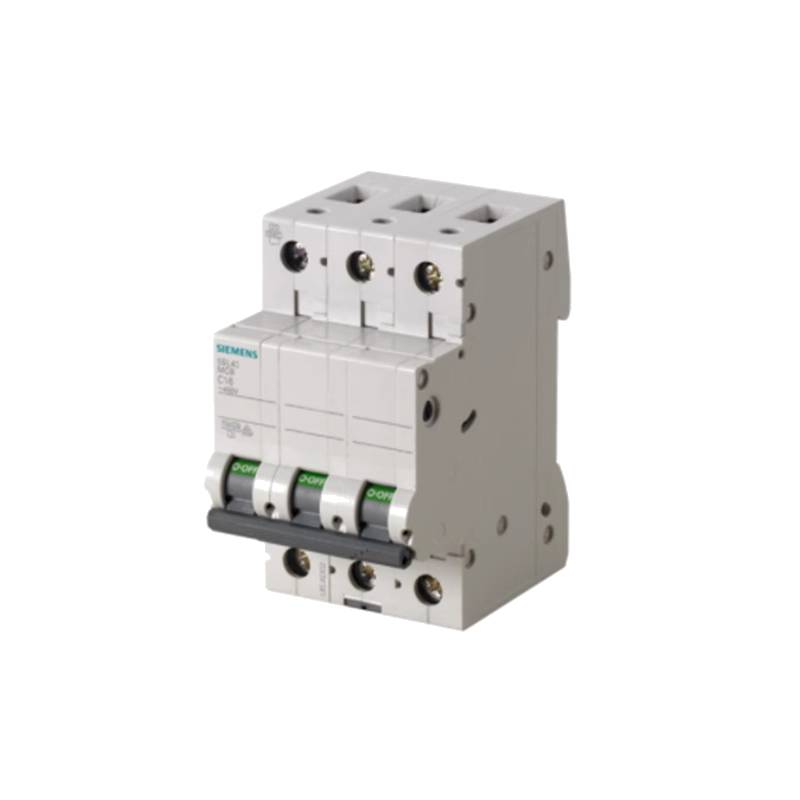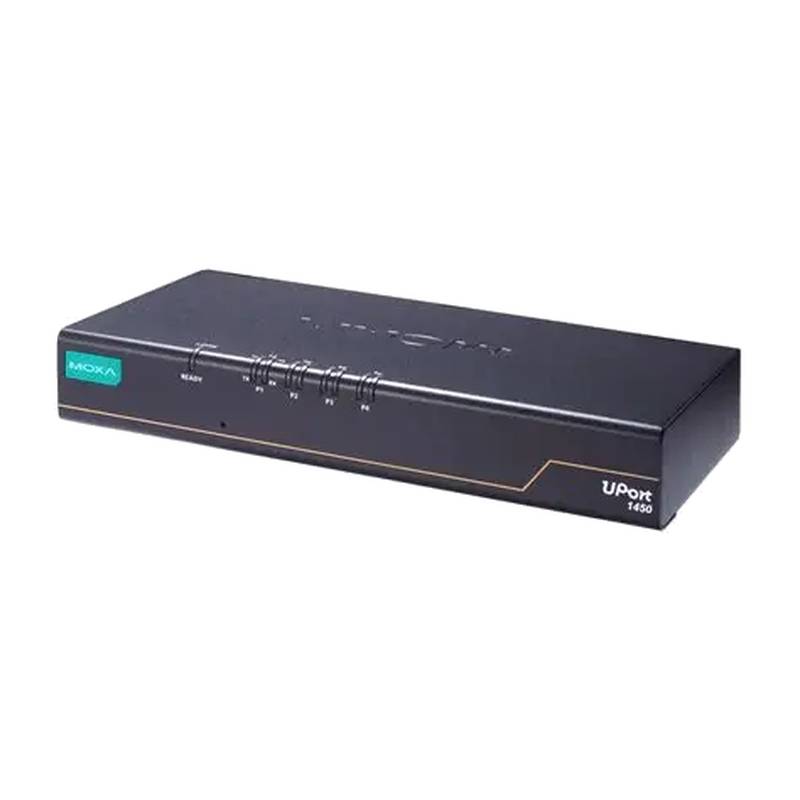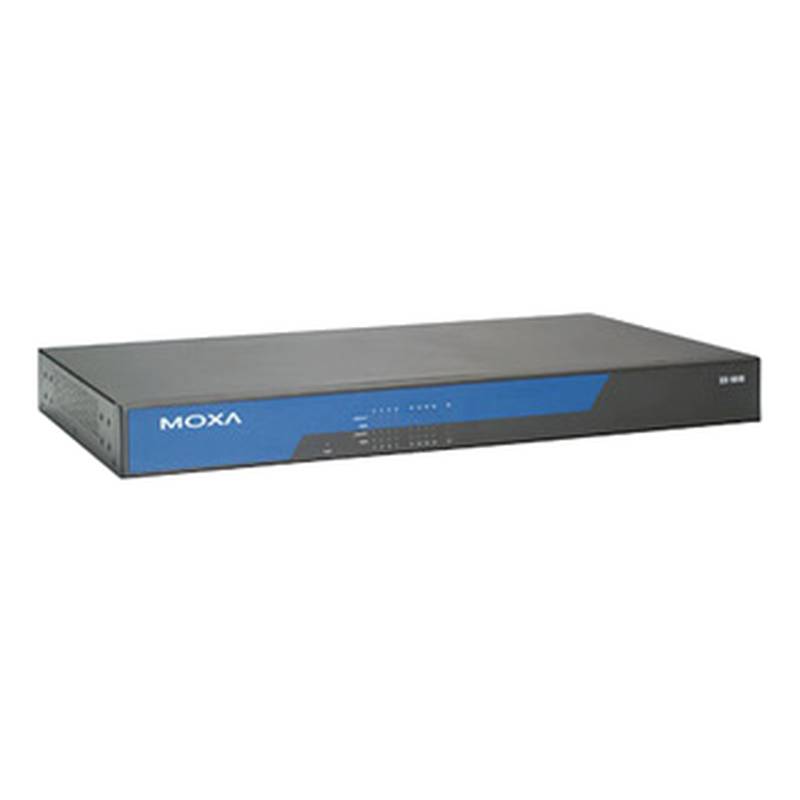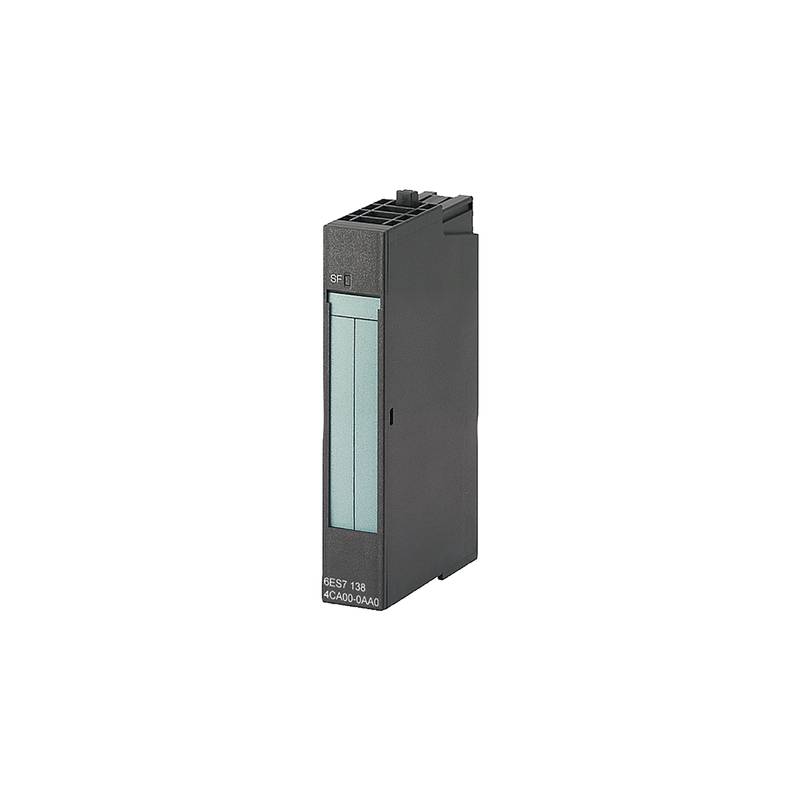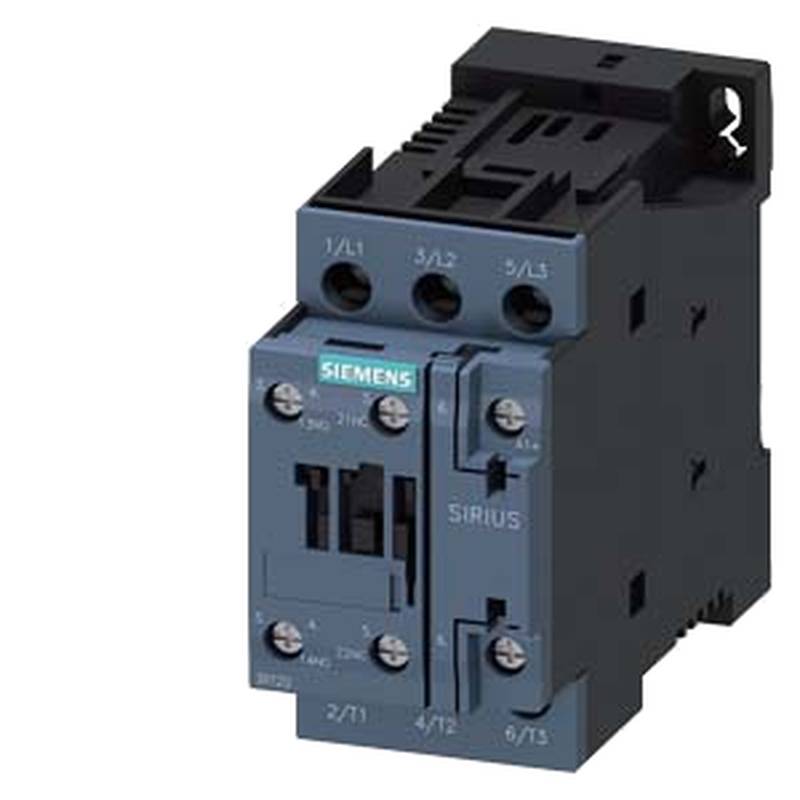
The Siemens 5SN6363-7CN Miniature Circuit Breaker (MCB) is a robust 3-pole, 63 Amp device engineered for reliable overcurrent and short-circuit protection in demanding industrial and commercial electrical systems. Its key advantages include superior tripping characteristics, high breaking capacity, and enhanced safety features, ensuring operational continuity and personnel protection. Core technical parameters include a rated current of 63A, a breaking capacity of 10kA, and a rated voltage of 400V AC, making it suitable for a wide range of power distribution applications. This MCB excels in protecting circuits from damaging fault currents, preventing equipment failure and minimizing downtime, thereby safeguarding investments and maintaining productivity.
Product Specifications
| Specification | Value |
| :---------------------- | :----------------- |
| Product Type | Miniature Circuit Breaker (MCB) |
| Manufacturer | Siemens |
| Model Number | 5SN6363-7CN |
| Number of Poles | 3P (3-Pole) |
| Rated Current (In) | 63A |
| Rated Voltage (Un) | 400V AC |
| Breaking Capacity (Icn) | 10kA |
| Tripping Characteristic | C-Type |
| Frequency | 50/60 Hz |
| Protection Class | IP20 |
| Operating Temperature | -25°C to +45°C |
| Mounting Type | DIN Rail (35mm) |
Core Features & Market Positioning
The Siemens 5SN6363-7CN MCB stands out in the market due to its precision tripping mechanisms and substantial 10kA breaking capacity, offering a higher level of protection compared to many standard devices. This makes it a preferred choice for applications where fault currents can be significant, such as in distribution boards feeding heavy machinery or complex industrial facilities. The C-type tripping curve is specifically designed to handle moderate inrush currents commonly associated with inductive loads, preventing nuisance tripping while still providing effective protection against short circuits. Siemens' reputation for quality and reliability further solidifies the 5SN6363-7CN's position as a premium solution for critical electrical infrastructure, differentiating it through durability and consistent performance in challenging environments.
Key Application Scenarios
This 3-pole, 63A MCB is ideally suited for protecting main distribution circuits and branch circuits in industrial plants, manufacturing facilities, and commercial buildings. Its robust design makes it an excellent choice for safeguarding power supplies to motors, transformers, and other inductive equipment that experience higher starting currents. The 400V AC rating and 10kA breaking capacity are particularly relevant for heavy-duty power distribution systems common in sectors like petrochemicals, food and beverage processing, and large-scale manufacturing. In essence, the Siemens 5SN6363-7CN MCB ensures the safe and reliable operation of electrical systems exposed to significant load variations and potential fault conditions.
Practical System Integration Guidance
Integrating the Siemens 5SN6363-7CN MCB into existing or new electrical panels is straightforward, primarily involving mounting it onto a standard 35mm DIN rail. Ensure proper torque is applied when connecting the load and line conductors to the terminals, as specified by Siemens guidelines, to maintain secure electrical contact and prevent overheating. For a 3-pole breaker, correct phase sequence connection is crucial for balanced power distribution and protection. Always ensure the main power supply to the panel is de-energized and locked out before commencing any installation or wiring work to prevent electrical hazards.
Operation and Risk Mitigation
The Siemens 5SN6363-7CN MCB operates automatically, interrupting the circuit when overcurrents or short circuits exceed its calibrated thresholds, thereby preventing damage to downstream equipment and mitigating fire risks. Its clear ON/OFF status indicator on the toggle lever provides immediate visual confirmation of the circuit's state. To mitigate risks, regular visual inspections for damage and proper functioning of the trip mechanism are recommended. In case of frequent tripping, investigate the connected load for potential issues, such as overloading or persistent inrush current problems, rather than assuming a faulty MCB. Adherence to installation codes and maintaining a clean electrical environment are key to ensuring safe and reliable long-term operation.
Scalability & Long-Term Value
While individual MCBs like the Siemens 5SN6363-7CN are designed for specific protection roles, their value extends through compatibility with Siemens' broader range of industrial control and distribution components. This backward and forward compatibility allows for seamless integration into evolving electrical infrastructure, supporting future upgrades or expansions without requiring a complete system overhaul. For organizations embracing digitalization, these MCBs can be part of smart distribution panels equipped with monitoring modules, contributing to IIoT strategies by providing crucial data on circuit status and performance for predictive maintenance and energy management. This ensures long-term operational efficiency and adaptability.
Frequently Asked Questions (FAQs)
What is the primary function of the Siemens 5SN6363-7CN MCB?
This device provides essential overcurrent and short-circuit protection. It safeguards electrical circuits and connected equipment from damage.
It automatically interrupts power flow during fault conditions. This prevents equipment failure and reduces fire hazards.
The MCB ensures operational safety and system reliability in industrial settings. It is crucial for maintaining continuous power supply.
Can the Siemens 5SN6363-7CN MCB be used for DC circuits?
No, this MCB is specifically designed for AC circuits up to 400V. Using it on DC circuits can lead to improper operation.
DC fault currents behave differently and require specialized DC-rated breakers. Consult the product manual for specific application limitations.
Always verify the electrical system's voltage and type (AC/DC) before selecting an MCB. Using the correct breaker is paramount for safety.
What does the 'C' in the tripping characteristic 'C-Type' signify?
'C-Type' indicates its response to inrush currents from inductive loads. It allows for higher surge currents than 'B-Type' breakers.
This characteristic prevents nuisance tripping for motor startups or transformer energization. It balances protection with operational needs.
'C-Type' MCBs are commonly used for circuits with moderate inductive loads, offering reliable protection. They are suitable for general industrial applications.
How do I determine if the 10kA breaking capacity is sufficient for my application?
The 10kA breaking capacity relates to the maximum fault current the MCB can safely interrupt. This value should exceed the prospective short-circuit current at the installation point.
Calculate the prospective short-circuit current considering transformer impedance, cable lengths, and other system components. This calculation ensures adequate protection.
Consult with a qualified electrical engineer to accurately assess system fault levels and confirm the suitability of the 10kA rating. Safety is paramount.
What is the typical lifespan of a Siemens 5SN6363-7CN MCB?
MCBs have a long operational lifespan, often exceeding 20 years under normal conditions. Their durability depends on environmental factors and the frequency of tripping.
Siemens products are known for their robust construction and high-quality components, contributing to longevity. Proper installation and maintenance are key.
While they are designed for durability, frequent severe fault interruptions can reduce their effective service life. Regular checks are advised.
Is the Siemens 5SN6363-7CN MCB compatible with other brands of circuit breakers?
While it fits standard DIN rails, electrical compatibility and safety standards must be considered. Interoperability with other brands can be complex.
For critical applications, it's best practice to maintain a consistent brand for components within a single panel or system. This ensures predictable performance.
Always refer to specific technical documentation and consult with an electrical professional before mixing brands in sensitive circuits. It ensures system integrity.
What are the advantages of a 3-pole MCB over a single-pole or double-pole breaker?
A 3-pole breaker provides simultaneous disconnection of all three phases. This is crucial for 3-phase systems to prevent phase imbalances.
It ensures complete isolation of the load during fault conditions or maintenance. This enhances safety and prevents single-phasing issues.
This type of breaker is standard for protecting 3-phase motors and equipment, ensuring uniform protection across all conductors. It’s essential for industrial machinery.
How does the C-Type tripping curve protect against short circuits?
The C-Type curve trips when current exceeds 5 to 10 times the rated current. This range is suitable for inductive loads.
For short circuits, fault currents are much higher, rapidly exceeding this threshold. The MCB will then trip very quickly, typically within milliseconds.
This rapid interruption at high fault currents effectively isolates the fault, preventing further damage or hazardous conditions. It’s a rapid response mechanism.
Can I replace an existing MCB with the Siemens 5SN6363-7CN if the amp rating is different?
Never replace an MCB with a higher amperage rating than the original. This can overload the circuit wiring and cause a fire.
If the existing MCB has a lower amperage rating, replacement with the 5SN6363-7CN (63A) is only permissible if the circuit wiring and downstream equipment are rated for 63A.
Always consult the original circuit design, wiring capacity, and equipment specifications. Matching the MCB to the circuit's capacity is a fundamental safety requirement.
What maintenance is required for the Siemens 5SN6363-7CN MCB?
Regular visual inspections for physical damage or signs of overheating are recommended. Ensure the toggle operates smoothly.
Periodically test the tripping mechanism if system design and safety protocols permit. This confirms its functionality under simulated fault conditions.
Keep the surrounding area clean and free from dust or debris that could affect ventilation and performance. Proper installation ensures minimal maintenance needs.














